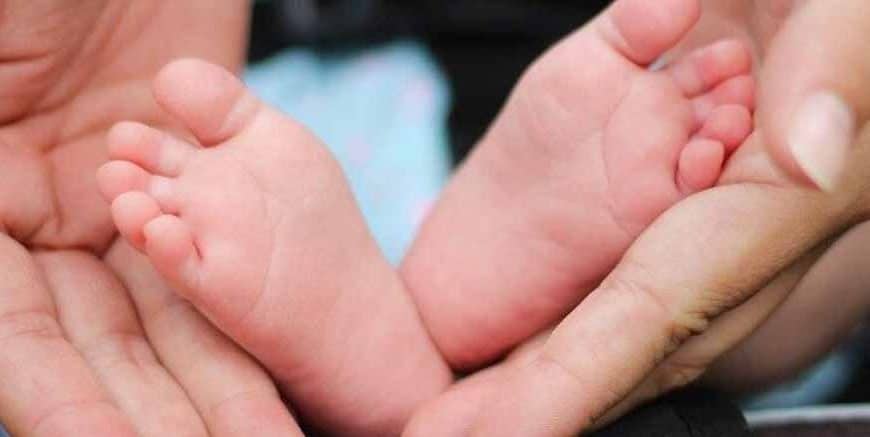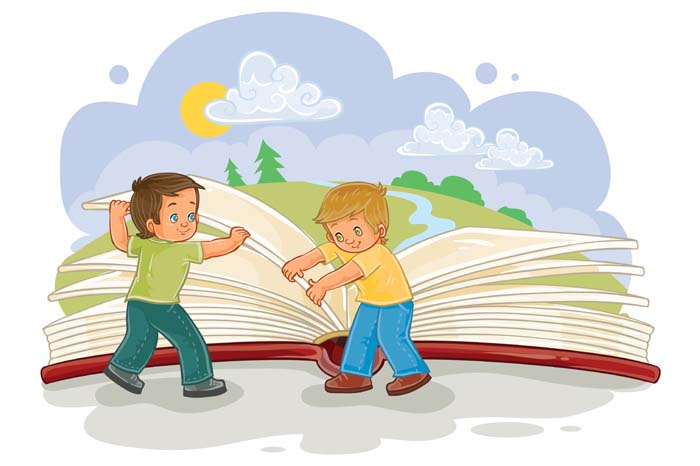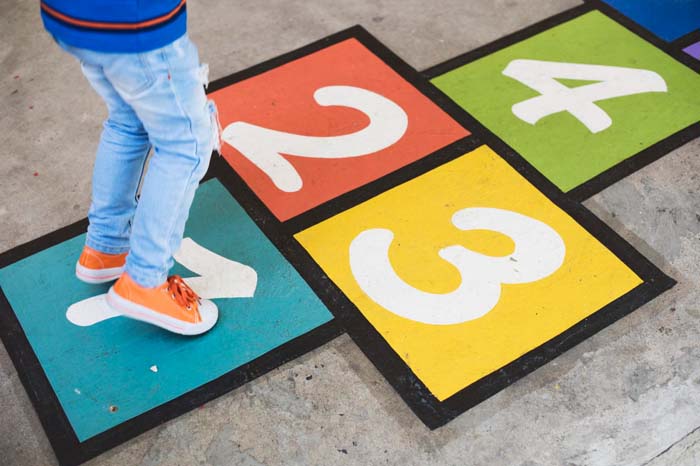This is a perfect example of every parent watching all the developmental milestones that a child has from the time he begins smiling up to the time he begins to walk. There is one that may raise eyebrows that is flat feet in the little ones or our children. But how much should we rule ourselves up for it and what actions can or should be taken in regard to it? Now it is high time to investigate this condition which is rather widespread and determine its impact on children’s health.
Table of Content:
- Flat Feet in Children
- Flat Feet Causes
- Flat Foot Symptoms
- Flat Feet Problems
- How to Treat Flat Feet
- How to Cure Flat Feet
- Flat Foot Disadvantage
- References
Flat Feet in Children:
Flat feet or scientifically referred to as “pes planus” or fallen arches, is a condition whereby, there was an arch in the foot but the elasticity of the foot is lost and drops to the ground allowing the sole of the foot to touches the ground flat. However, it must be emphasised that flat feet are quite normal in babies and toddlers and should not create any concern. For instance, the first years of a child’s life, he or she has flat feet and the arches develop as the child grows.
The arch of the foot starts to form between the age of three and five but some children may only form the arch fully at the age of ten. At this stage, parenting may observe that the baby’s feet appear to be flat while standing but the arch re-emerges when the child is sitting or standing on his/her tiptoes. This is known as flexible flat feet and is generally not a disease or condition to worry about.
Flat Feet Causes:
Several factors can contribute to the development of flat feet in children:
- Genetics: If either of the parents is a flat footer, the child has a high tendency of being a flat footer as well.
- Developmental delays: Some children might take longer to develop an arch.
- Obesity: Obesity tends to apply extra pressure on the feet and the arches of the feet are bound to give way.
- Tight Achilles tendon: This might impact on the capacity of the foot in forming an arch.
- Certain medical conditions: Flat feet can be as a result of Down syndrome or cerebral palsy or any disorders that affect muscle tone.
Flat Foot Symptoms:
Despite this, flat feet are asymptomatic in many children and only manifest a few symptoms like discomfort or difficulty in some. Look out for:
- Foot and ankle pain, or shin splints
- Inward tilting ankles
- Awkward or changes in walking pattern
- Difficulty with certain physical activities
- Reduced energy when participating in sports
- Withdrawal from activities they previously enjoyed
Any of these symptoms should, therefore, be taken to a pediatrician or a podiatist for an appropriate checkup.
Flat Feet Problems:
While flat feet are often harmless, in some cases, they can lead to various issues:
- Pain: For this reason, flat footed people claim that they feel some sort of pain and discomfort in their feet and ankle, knee and hip joints and even along the lower back.
- Balance and coordination: Some of the children may have balance problems or even seem like they are clumsy.
- Posture: Abnormality of the foot structure, especially flat feet may even lead to poor posture of the whole body.
- Reduced athletic performance: Sports or physical activities may also become a problem for children with symptomatic flat feet.
How to Treat Flat Feet:
Treatment for flat feet depends on the severity of the condition and the presence of symptoms. Here are some common approaches:
- Observation: For most children, especially those under 5, no treatment is necessary. It would be important to have check-ups often to be sure the arch is developing properly.
- Supportive footwear: There are apparels which give support to the arches and firm heel to minimize the pains.
- Orthotics: There are over the counter shoe inserts as well as special ones that may be fabricated for those with some disorder; they afford extra space and support and also aid in managing the distribution of forces.
- Physical therapy: Some general stretching and strengthening exercises focused on the feet and heels of patients are allowed.
- Weight management: If it is so that obesity is there then dietary and counseling regarding the suitable diet plan and physical activity schedule might be required.
- Surgery: Flat feet are usually not treated with surgery; however, if they cause persistent pain or lead to a significant restriction of the patient’s mobility, surgical intervention is possible. But this is normally a final option when caring for a child.
How to Cure Flat Feet:
What one should know is that there is rarely a need to treat flat feet as most of the time they self-correct especially if the situation is attributable to the child’s age. However, if treatment is necessary, the goal is usually to manage symptoms and improve function rather than to create an arch where one doesn’t naturally exist.
Some strategies that can help include:
- Barefoot play: Enabling your child to go sock less and/or shoe-less in different terrains can be very helpful in exercising the muscles on their feet.
- Toe exercises: Among exercises to strengthen the muscles of feet, you have the ability, foot flexion, and other foot abstractions such as picking the marbles with toes.
- Stretching: Suggesting actions like bending the knee while standing, and rubbing the back of the shin and the calf muscles lightly.
- Proper footwear: Ensure that they put on good shoes for their feet, good fitting shoes that they find fit to wear.
It is also noteworthy that all children are unique, and therefore, what may work for one child will not work for another child. Those engaged in any form of the above treatment must however consult a qualified health care giver before the beginning of any of the above mentioned remedies or therapies suggested in some of these sheets.
Flat Foot Disadvantage:
While flat feet are often not a significant concern, they can sometimes lead to:
- Increased risk of ankle and knee injuries
- Difficulty in certain sports or activities that require quick changes in direction
- Potential for chronic pain in the feet, legs, or back if left untreated when symptomatic
- Possible negative effects on self-esteem especially in older children because when dressing, especially when wearing shoes, they may feel uncomfortable if their feet are not shaped correctly
However, one has to bear in mind that a number of individuals with flat feet hardly experience any significant problems and live normal healthy lives. Thus, it is crucial to treat any signs of these ailments in their early stages, as well as to take proper care of the feet.
In conclusion, flat feet in babies and young children is something that parents may be worried about but it is quite normal to experience it. Therefore, through the identification of causes, possible signs and appropriate times to consult a professional, your child’s feet will be allowed the proper attention that they deserve. You should always recall that each child is unique and progresses differently, and most foot conditions can be successfully treated if only a child receives proper care, and thus you can ensure your child could walk with no pain and build a happy future.
For more such interesting blogs, Visit EuroKids
References:
- https://orthoinfo.aaos.org/en/diseases–conditions/flexible-flatfoot-in-children/
- https://www.mayoclinic.org/diseases-conditions/flatfeet/symptoms-causes/syc-20372604
- https://www.nhs.uk/conditions/flat-feet/
- https://www.stanfordchildrens.org/en/topic/default?id=flat-feet-in-children-90-P02755
- https://www.foothealthfacts.org/conditions/pediatric-flatfoot
- https://kidshealth.org/en/parents/flat-feet.html
- https://jfootankleres.biomedcentral.com/articles/10.1186/s13047-020-00403-1














